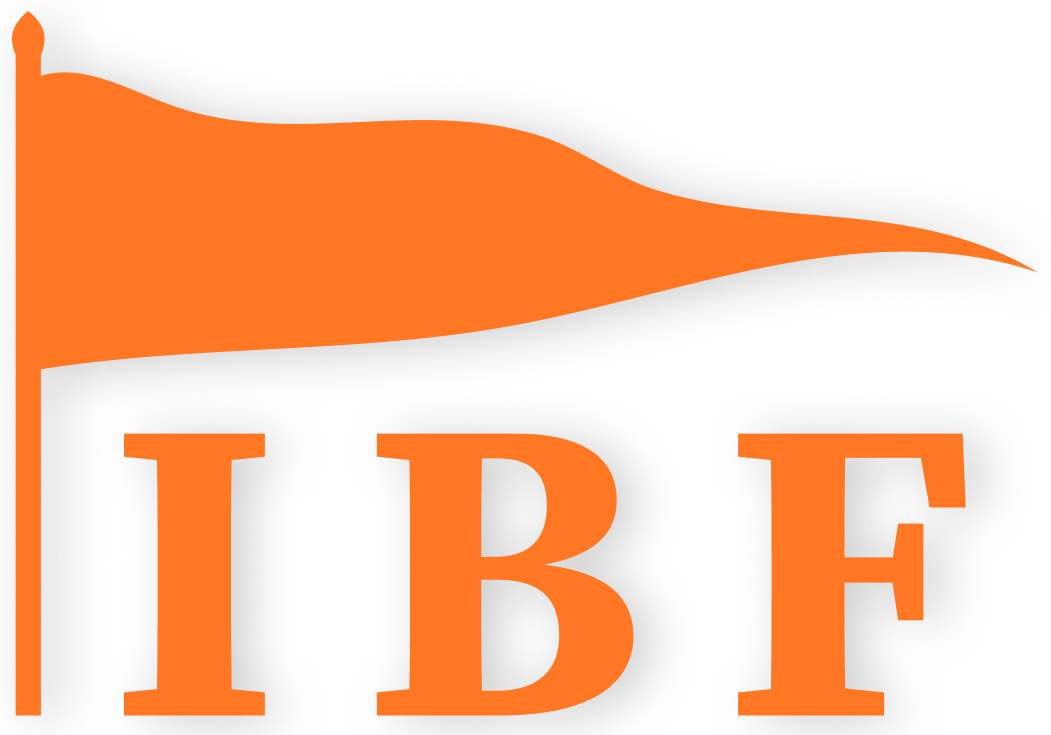Works
Satyarth Prakash; Rigveda and Yajurveda commentaries (partial); Debates and public addresses; Arya Samaj’s Ten Principles
Timeline
1824: Born as Mool Shankar | Apprenticeship under Virajananda; public debates | 1875: Founds Arya Samaj (Bombay) | 1883: Dies after poisoning; DAV institutions expand thereafter
Quote
Reform by recovery: return to first principles, and let reason and compassion test every custom.
Sources
Arya Samaj records; Satyarth Prakash; modern studies of 19th‑century reform
Category
Born in 1824 as Mool Shankar in Gujarat, Dayananda’s early formation was steeped in ritual and recitation. A pivotal childhood memory—watching a mouse nibble offerings to a deity—sparked a crisis of faith in idol worship. He left home, wandered as a renunciant, and pursued Sanskrit grammar, Mimamsa, and Vedanta under teachers including the austere Virajananda in Mathura, who demanded intellectual honesty and textual discipline. The apprenticeship produced a scholar‑polemicist comfortable with philology and debate.
Dayananda’s public platform crystallized in Satyarth Prakash, a sprawling work that mixed exegesis, social criticism, and programmatic reform. He argued that the Vedas preach one God (Ishvara), universal ethics, and the dignity of all seekers; caste by birth he rejected in favor of varna by qualities and conduct; irrational ritual and priestcraft he attacked as late distortions. His hermeneutic favored etymology and internal coherence: where later practices clashed with his reading of the Vedas, he proposed reform by recovery—strip back to foundational texts and rebuild community life on education, self‑discipline, and service.
The Arya Samaj’s ten principles reflected this stance: truth‑seeking over blind custom, benevolence toward all, self‑improvement through study and exercise, and social duty expressed in charity and mutual aid. Organizationally, the Samaj emphasized congregational worship without idols, readings from the Vedas, and civic activism—schools, relief in calamities, and campaigns against social ills. Later leaders and allies built the Dayanand Anglo‑Vedic (DAV) institutions, which blended modern curricula with Samaj values, educating generations across North India.
Dayananda relished debate. He engaged Christian missionaries on theology and reason, Muslim scholars on monotheism and revelation, and Hindu pandits on ritual and caste. His shuddhi program—welcoming individuals and groups back into the Hindu fold—expressed both a universalist monotheism and a competitive communal posture that would, in later decades, intersect with a harder politics. Critics accused him of narrowness and of reading the Vedas through modern categories; admirers saw courage in calling a society to reform itself by its own lights.
On women’s rights, Dayananda’s record is significant. He argued for girls’ education, condemned child marriage, and supported widow remarriage, grounding these positions in his interpretation of scripture and reason. He advocated a scientific temper—correct astronomy over astrology, hygiene and exercise, and the study of modern sciences—without conceding the authority of the Vedas in moral matters. This combination—scriptural loyalty and empirical respect—gave his movement a distinctive energy.
Dayananda died in 1883 in Ajmer after injuries from poisoning; accounts vary on the perpetrators, but the event underscores how polarizing his activism had become. In death as in life, he provoked. The Arya Samaj grew after him, branching into streams that emphasized education, social service, or more combative identity politics at different times. His place in the history of Indian reform is therefore double: a revivalist who modernized, a monotheist who insisted on free inquiry, a puritan whose program educated daughters and opened schools for the poor. Read today, Satyarth Prakash is abrasive and bracing—qualities that explain both the resistance it met and the institutional momentum it released.
